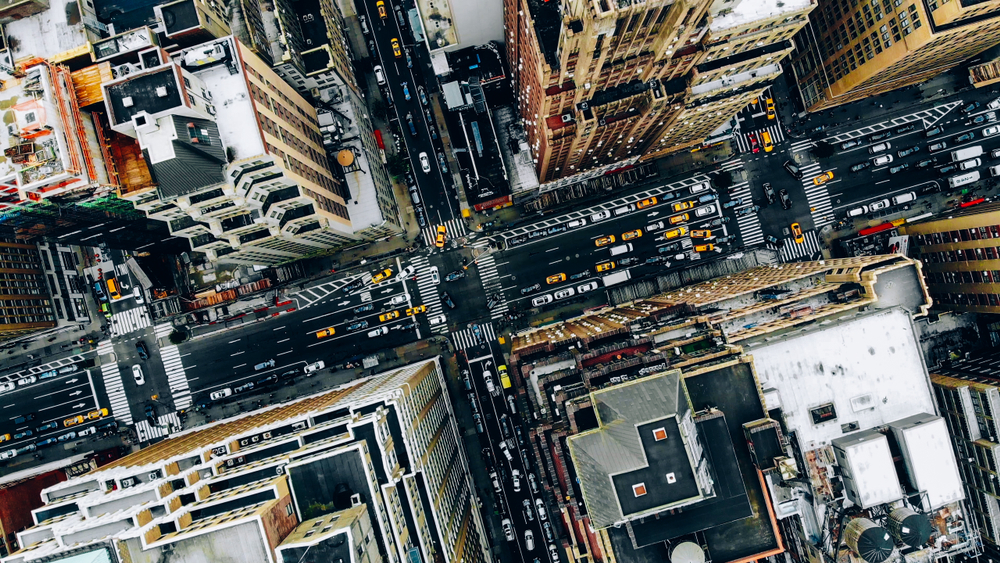
New York City has launched the nation’s first congestion pricing program, a groundbreaking initiative to reduce traffic in Manhattan’s most congested areas while raising billions for transit improvements. Beginning January 5, vehicles entering the area south of 60th Street during peak hours now incur a toll of $9 for passenger cars and up to $15 for trucks. The program, modeled after similar initiatives in cities like London and Stockholm, is projected to generate $15 billion for the Metropolitan Transportation Authority (MTA) to modernize its aging infrastructure.
Reducing Traffic and Funding Transit
The MTA anticipates a 10-20% reduction in traffic over time as drivers shift to alternative transportation methods. The tolls aim to encourage mass transit use, optimize delivery schedules, and alleviate congestion in Manhattan’s central business district, which sees 500,000 to 700,000 vehicles on a typical weekday. Funds raised will go toward projects like extending the Second Avenue Subway to Harlem, modernizing 1930s-era signal systems, and improving accessibility at subway stations.
Initial Reactions and Challenges
During its first days, the program faced mixed reactions. Commuters, such as Leslie Cordero, expressed concerns about the financial burden and safety on subways, which have seen a rise in violent incidents despite overall crime reductions. Meanwhile, businesses and drivers, including photographers and delivery services, worry about the economic ripple effects of increased costs for shipping and commuting.
Parking attendants near the zone’s boundaries noted little immediate change in traffic patterns, with some attributing the lack of noticeable impact to a cold snap and the public’s limited understanding of the toll system’s specifics. However, the MTA remains focused on monitoring traffic data closely to assess the program’s effectiveness.
Controversy and Opposition
The program has faced legal and political challenges, including an unsuccessful lawsuit from New Jersey and opposition from President-elect Donald Trump, who called the toll a “regressive tax” and hinted at delaying the initiative through extended environmental reviews. Local critics also worry about the economic strain on low-income residents and businesses reliant on vehicle-based operations.
Details and Exemptions
The tolls operate daily during peak hours, with discounts for certain groups, including low-income drivers and individuals with disabilities. E-ZPass users benefit from partial credits for previous tolls, while for-hire vehicles like taxis and rideshare services incur smaller per-trip fees. The program exempts vehicles using the West Side Highway and FDR Drive unless they exit into the tolled district. Fees will increase incrementally, reaching $12 by 2028 and $15 by 2031.
Despite the controversy, transit advocates emphasize the long-term benefits of reduced traffic, improved air quality, and critical infrastructure investments. However, with the MTA’s budget deficit threatening to reach $50 billion if the program falters, its success is pivotal to the future of New York City’s transit system.
Source:











Leave a Comment